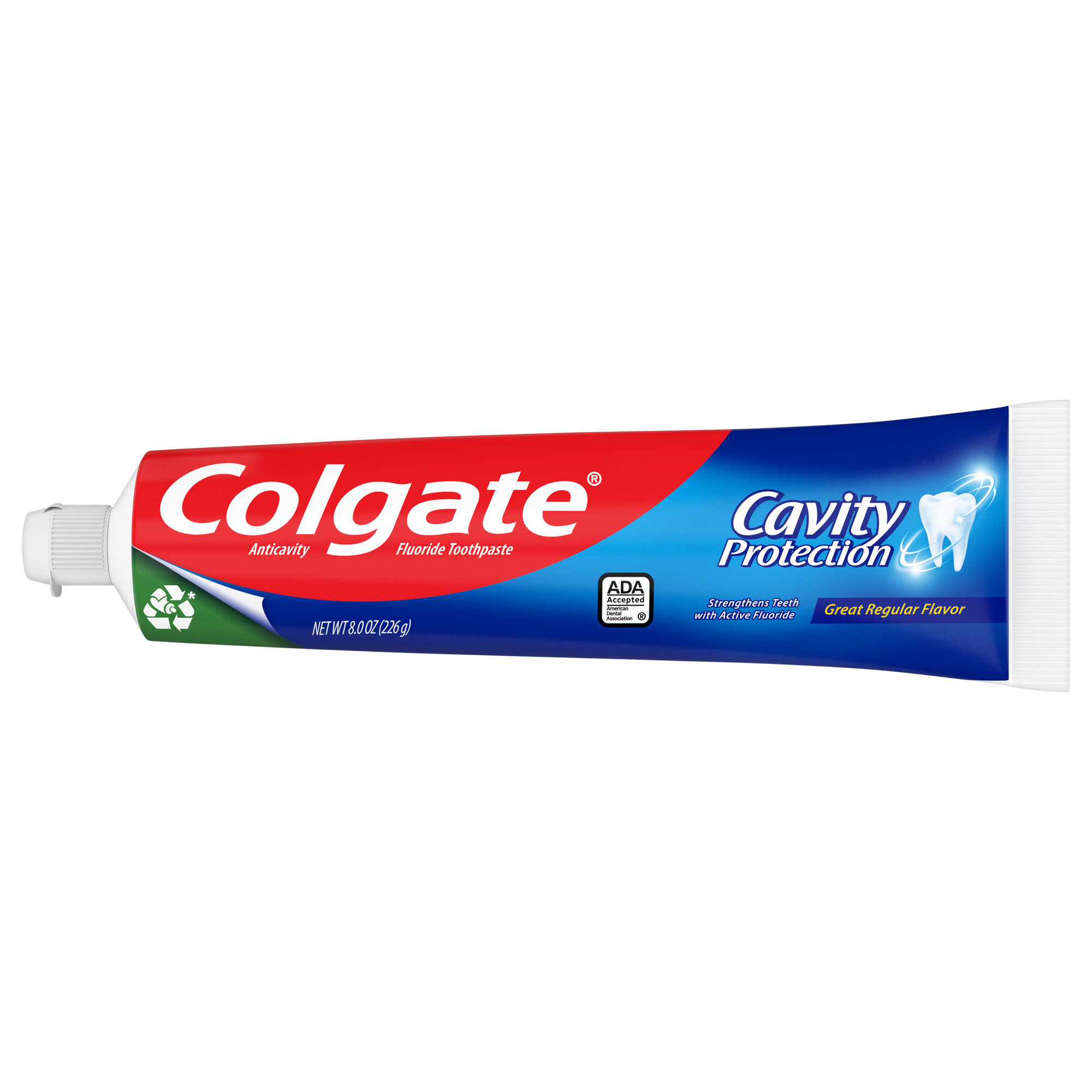Causes of Tooth Loss
People lose teeth for a variety of reasons. Topping the list are gum disease and tooth decay. Gum disease develops when excessive plaque builds on the gumline and causes gum tissue to become red and swollen. If not treated, bone loss could occur. In the case of tooth decay, food particles left on the teeth encourage the bacteria in the mouth to produce acid, which damages enamel and causes cavities. Both conditions may lead to tooth loss, if they are not treated.
Sports injuries are another cause of lost teeth. The American Dental Assistants Association reports that 5 million teeth are lost annually in the United States because of sports injuries.
What Are Your Options If You Lose a Tooth?
Seek advice from your dentist and consider the following three treatments.
1. Fixed Bridges
A bridge is a fixed device that connects a prosthetic tooth to the adjacent existing teeth in the mouth. Your dentist will help you choose between the types of bridges: traditional, cantilever and Maryland.
A traditional bridge joins the natural teeth in the mouth, called abutment teeth, with one or more fake teeth, called pontic teeth. The abutment teeth on either side of the gap receive crowns that anchor the pontic tooth in place. Of all dental bridges, traditional bridges are the most common and are typically made of ceramic or porcelain fused to metal.
A cantilever bridge is similar to a traditional bridge, except it connects to an abutment tooth on only one side.
A Maryland bridge, also known as a resin-bonded bridge, fuses the pontic tooth to metal bands attached to the backs of the abutment teeth. This method is sometimes recommended for missing front teeth. Because the strength of the resin cement may vary, Maryland bridges typically have higher failure rates than traditional bridges. However, they do not require the placement of crowns.
Getting a bridge will likely take at least two appointments. At the first appointment, the dentist prepares the teeth. In the cases of traditional and cantilever bridges, they may place temporary crowns. They might also take impressions of your teeth. The actual bridge is placed at a later visit.
2. Dental Implants
Dental implants are titanium fixtures that are surgically placed into the jawbone beneath the gums. Once they are positioned and integrate into the jawbone, a dentist or dental specialist can mount the abutment to the fixture and then the prosthesis or replacement crown to the abutment. The implants provide sturdy support, as they are inserted into the jaw. This prevents the replacement tooth from slipping or shifting, which helps the patient maintain normal eating and speaking abilities.
Unlike a traditional bridge, no adjacent teeth need to be adjusted to hold the replacement teeth in place. Therefore, only people who have healthy gums and a secure jawbone are candidates for implants. Implants tend to be more expensive than other teeth replacement options, and you'll need to consider how much of the cost your dental insurance will cover.
3. Partial Dentures
Looking for a removable tooth replacement option? Try partial dentures. Partial dentures consist of fake teeth and a gum-colored base attached to a metal frame. The frame can be inserted snugly between your natural teeth. In some instances, crowns are placed on the adjacent natural teeth to provide anchors for the dentures.
The surface of dentures may feel different than your natural teeth, and eating and speaking with them may be an adjustment. You might experience an excess of saliva, feel as though your tongue is crammed in your mouth or experience some irritation or soreness. As you age and your mouth changes, your dentures will need to be remade to function properly.
If you lose a tooth, don't panic. There are a variety of teeth replacement options available to you. Consult your dentist to determine the right solution that will keep you smiling.
This article is intended to promote understanding of and knowledge about general oral health topics. It is not intended to be a substitute for professional advice, diagnosis or treatment. Always seek the advice of your dentist or other qualified healthcare provider with any questions you may have regarding a medical condition or treatment.
ORAL HEALTH QUIZ
What's behind your smile?
Take our Oral Health assessment to get the most from your oral care routine
ORAL HEALTH QUIZ
What's behind your smile?
Take our Oral Health assessment to get the most from your oral care routine















